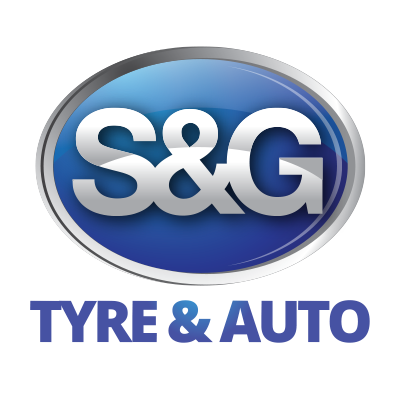Wheel Alignments & Balancing
WHEEL ALIGNMENTS:
WHAT IS A WHEEL ALIGNMENT?
A Wheel Alignment is a series of measurements and adjustments made to ensure your wheels and tyres are pointing in the right direction. This, in turn, ensures that your vehicle drives straight and in a safe manner.
A good Wheel Alignment minimises the resistance your tyres create and enable them to roll smoothly on the road and in line with each other. This can greatly extend the life of your tyres.
Correct Wheel Alignments are very precise and sensitive and therefore should only be carried out by Specially Trained Technicians. A poor Wheel Alignment can not only make your vehicle unsafe but can cause excessive wear on mulitple components of your vehicle.
S & G Tyre & Auto Technicians are specially trained to ensure all our Customers receive the best possible Wheel Alignment for their vehicle's needs. We have the latest laser Wheel Alignment Machine which connects to the tyre rather than the wheel. This provides a more accurate reading and therefore a better result.
WHY IS A WHEEL ALIGNMENT IMPORTANT?
Ensuring your wheels are correctly aligned enables your vehicle to:
- perform and handle correctly
- drive straight and safe on the road
- get the best wear from your tyres
SIGNS THAT YOUR VEHICLE MAY NEED A WHEEL ALIGNMENT:
- Your car may feel as though it is pulling to one side of the road
- Your steering wheel may be off centre
- You may be experiencing uneven or rapid tyre wear
COMMON CAUSES OF NEEDING A WHEEL ALIGNMENT:
- bumping kerbs/gutters or potholes
- as the result of an accident
- damaged or aging suspension and steering components
- 4WD driving; off road driving or driving on unfinished roads
- Regular driving and wear of tyres
S & G TYRE & AUTO RECOMMEND A WHEEL ALIGNMENT:
- Every 10,000 km or twice a year
- when replacing all tyres
- if the vehicle has hit a kerb/gutter/potholes or been involved in an accident
REMEMBER A POOR WHEEL ALIGNMENT CAN MAKE YOUR VEHICLE UNSAFE, AND CAN CAUSE EXCESSIVE WEAR ON MULTIPLE COMPONENTS OF YOUR VEHICLE AND TYRES.
WHEEL BALANCE:
It is important to make sure your tyres are balanced correctly. Unbalanced or incorrectly balanced tyres will affect the safety of your vehicle and the comfort of your drive.
SIGNS YOUR TYRES ARE OUT OF BALANCE:
- Steering wheel vibration - normally front tyres
- vibration in seats/floor - normally rear tyres
WHAT IS A WHEEL BALANCE?
Tyres and wheels don't have precise equal weight distribution. They cab be slightly heavier in some spots due to the manufacturing process. A Wheel Balance redistributes weight around the tyre/wheel.
To balance a wheel, the wheel is mounted on a balancing machine that spins the tyre and wheel to locate the heavier part. Tiny weights are then fit to counterbalance the heaviest part of the tyre and wheel assembly. When all areas of the wheel/tyre are as equal in weight as possible, the tyre will roll smoothly.
A Wheel Balance can also offset damage or defects in tyres/wheels due to wear from uneven road surfaces.
WHEN COMBINED WITH A WHEEL ALIGNMENT, BALANCED WHEELS ENSURE A SMOOTH RIDE, MAXIMUM TREAD LIFE AND INCREASED VEHICLE PERFORMANCE AND SAFETY.
